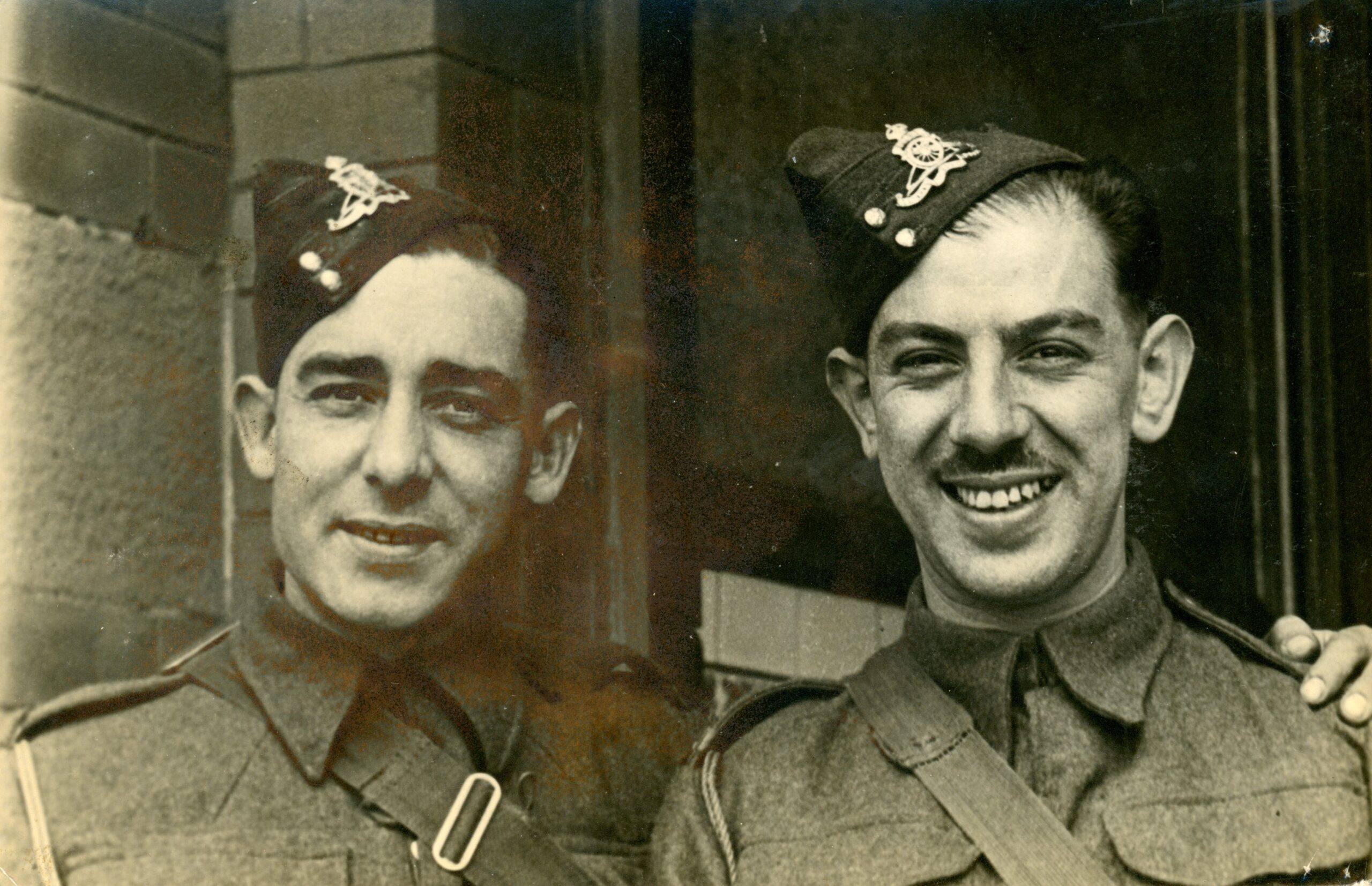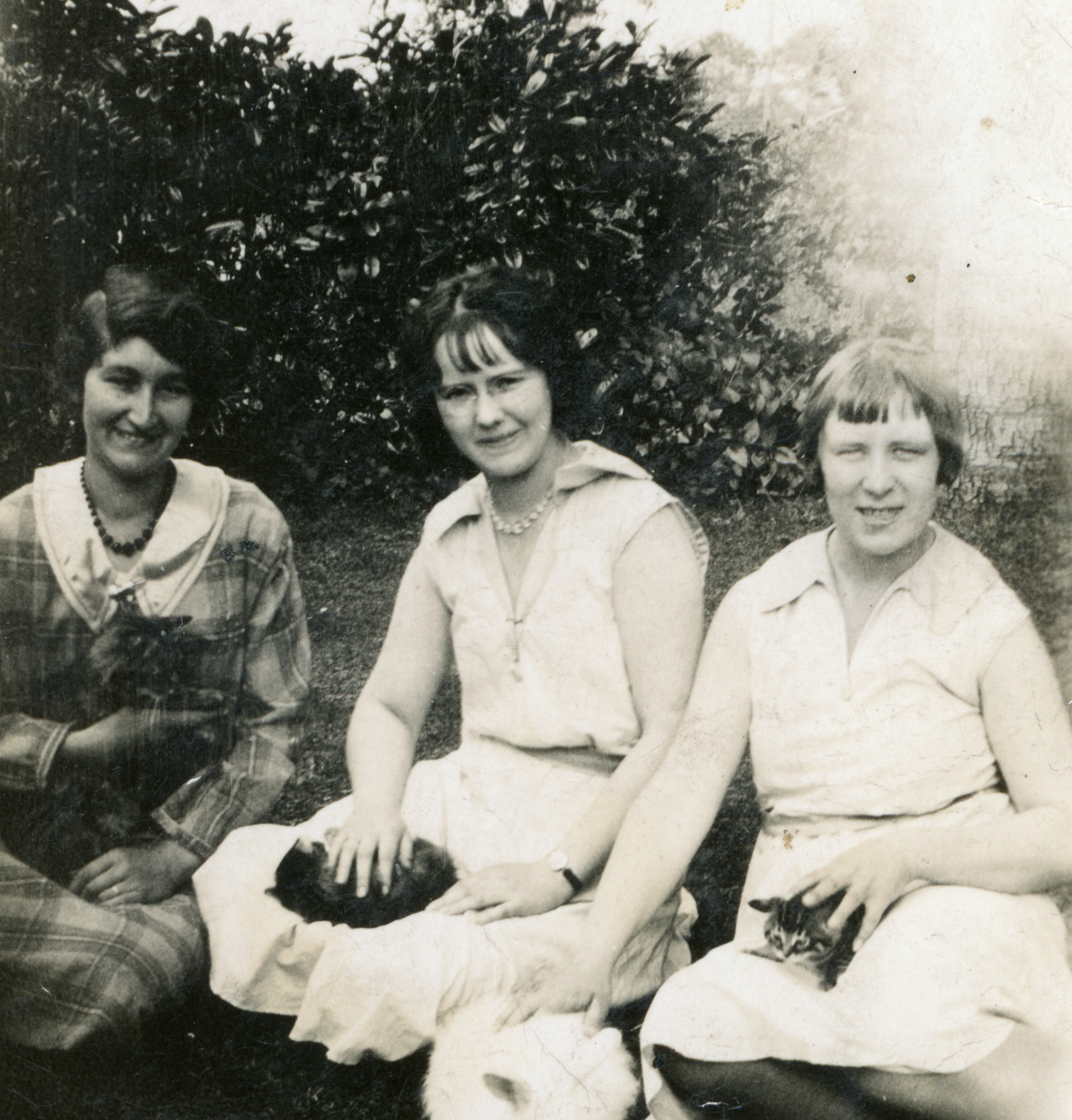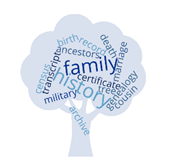
Waymark Genealogy can scan images from a variety of sources - photographic prints, slides or negatives - to produce digitised images in your choice of TIFF (lossless but file sizes are larger), PNG or JPEG format. These can be saved onto a memory stick or uploaded to cloud storage.
In one hour, both sides of approximately 25 loose photographs can be scanned and saved at a resolution most appropriate to the size of the original format. For photographs in albums the process needs to be slower in order to avoid causing damage to the original images, with approximately 15 photographs per hour scanned.
Information written on the reverse of the photograph, or in the album, can also be scanned and also added to the electronic image as meta data (key words) to allow for easier searching and identification.
Please ask for further information and a estimate of the time needed for your family photograph project.
Hourly rate - £15
Plus the cost of postage to return your photographs

It is important that old (and not so old) photographs are stored correctly in order to protect them from the risk of damage and ruin. More modern colour images are markedly less stable than older black and white ones - the colour often degrades or fades over quite a short period of time.
Photographs are easily damaged by exposure to sunlight, which can happen to framed prints, or by being stored in damp or humid conditions. Photographs stored loose in a box or a drawer can be bent or creased but even photographic prints kept in albums can be slowly deteriorating.
The chemicals found in plastic react with photographs causing rapid deterioration and so it is perhaps not surprising that one of the most frequent ways that we can accidentally damage photographs is by storing them in photograph albums that contain plastic.
PVC is an unstable plastic that releases hydrogen chloride, a gas that, over time, will corrode photographs. The 'magnetic' or self stick albums that were so fashionable in the 1980s are extremely damaging to photographs, as are cheaper plastic photo sleeves as these may contain PVC.
When buying albums or sleeves for photographs, always looks for those made from polyester, polypropylene or polyethylene.
Many families have old albums of mixed photos, often undated and with subjects unidentified. As time passes, the dating and identification of family photographs can become increasingly difficult and photographs held by one branch of the family can effectively be 'lost' to other family branches. Scanned images can be much more easily shared via a memory stick, cloud storage or social media apps; thus allowing the generations to 'pool' their knowledge.
Relatives who carefully and fully annotate photographs are a boon to family historians and should be treasured and applauded; however, photographs need to be annotated with care.
The pen used to write on the back of a print can also be a source of damage. The ink in many pens can be acidic or contain solvents that can leach through to the paper onto the image itself and, in addition, the pressure needed to write on the back of a picture with a pen can often result in an impression being seen on the image from the front.
The best advice would be to use a soft (6B) graphite pencil to write on the back of photographs, although on modern resin-surfaced prints you may need to use a wax (china marker or chinagraph) pencil.
